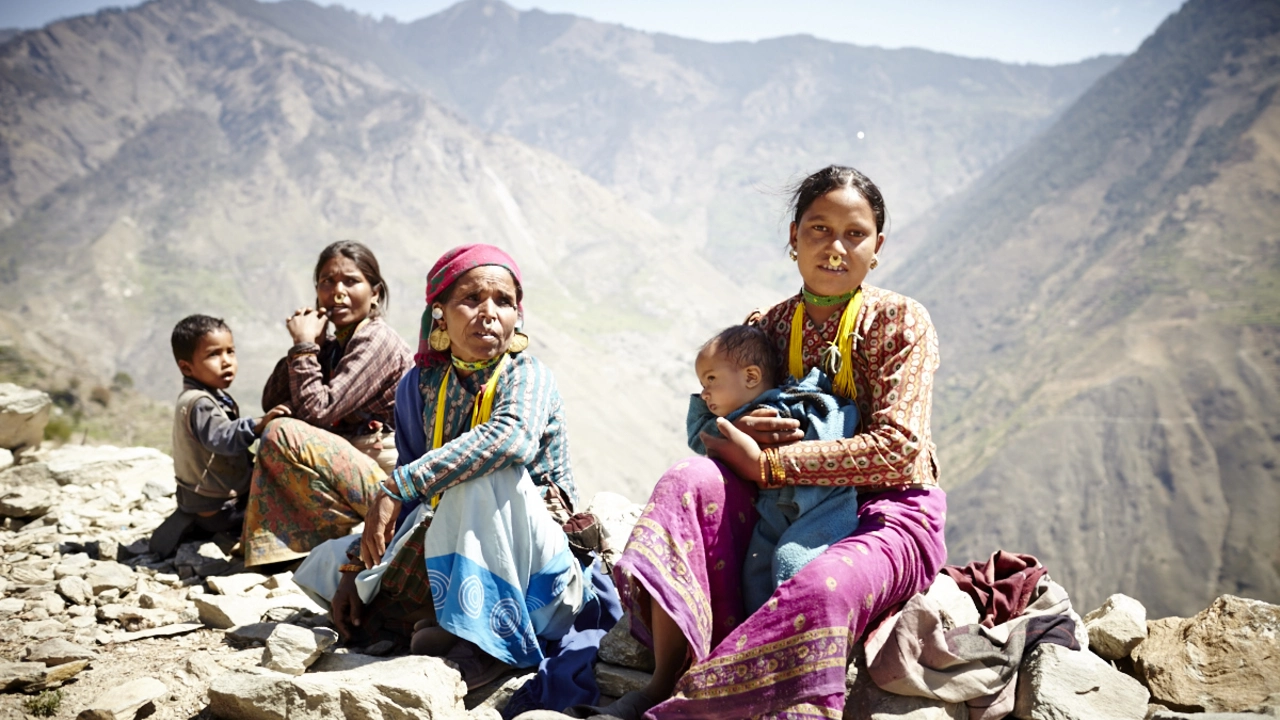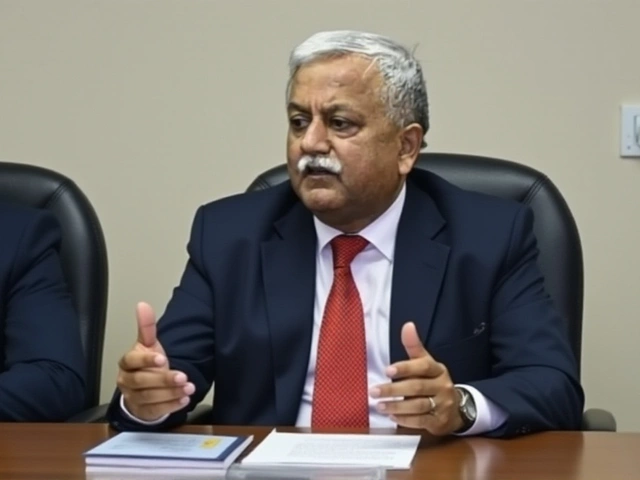Living in Nepal: Practical tips for moving and settling
Thinking about living in Nepal? Whether you're an Indian considering a move or a foreigner planning long-term stay, Nepal offers low living costs, friendly communities and beautiful landscapes. This page gives direct, useful pointers on money, housing, transport, paperwork and daily life — no fluff, just what you need to know to start planning.
Costs & housing
Expect big differences between Kathmandu and smaller towns. In Kathmandu, a basic studio or one-bedroom apartment rents for about NPR 15,000–40,000 per month (roughly USD 120–320). Outside the capital, rents fall sharply. Shared flats cut costs a lot if you’re on a budget.
Groceries for one person typically run NPR 8,000–15,000 monthly if you buy local produce. Eating out is cheap — a simple meal at a local eatery is under NPR 300. Mobile internet is widely available; prepaid SIMs from Ncell or Nepal Telecom cost little and data plans are affordable.
Visas, entry and legal basics
Indian citizens enjoy special treatment under the 1950 Indo-Nepal Treaty: you can enter Nepal with a valid Indian ID and generally live and work without a visa. Other foreigners can get visas on arrival or apply in advance; long-term stays usually require renewals and local registration. Always check the latest rules at the embassy or with immigration — policies can change.
Buying property can be tricky for non-citizens. Laws and local practices vary, so hire a local lawyer before any purchase. If you plan to rent, get a written agreement and note who pays utilities and maintenance.
Practical tips for settling day-to-day
Find a neighbourhood that fits your life: Thamel and Lazimpat suit expats who want shops and restaurants nearby; residential areas like Battisputali or Jhamsikhel are quieter. Learn a few Nepali phrases — people appreciate the effort and it helps with market shopping, taxis and neighbors.
Healthcare quality varies. Kathmandu has decent hospitals and clinics; for specialized care you might travel to bigger centers or consider medical evacuation in serious cases. Carry basic medicines and consider health insurance that covers evacuation if you need it.
Transport is inexpensive. Local buses are cheap but crowded. Taxis and ride apps are convenient in the city. Roads outside urban areas can be rough, so plan extra travel time, especially during monsoon.
Safety is generally good in most places, but petty theft happens in tourist areas — use common sense with valuables. Expect occasional power cuts and slower internet at peak times; many apartments use UPS or backup generators.
If you want more specific help — neighbourhood recommendations, rent examples, or how to register utilities — tell me your budget and whether you’re an Indian citizen or other nationality, and I’ll give tailored advice.

What is it like to live in Nepal?
Living in Nepal is a unique experience, marked by breathtaking landscapes and rich cultural heritage. The people are incredibly warm and welcoming, often treating guests as gods. Despite being a developing nation, the quality of life is good, and the cost of living is relatively low. However, it does deal with challenges like infrastructure issues and occasional political instability. Overall, life in Nepal is a beautiful blend of simplicity, spirituality, and scenic beauty.
Travel and Culture



